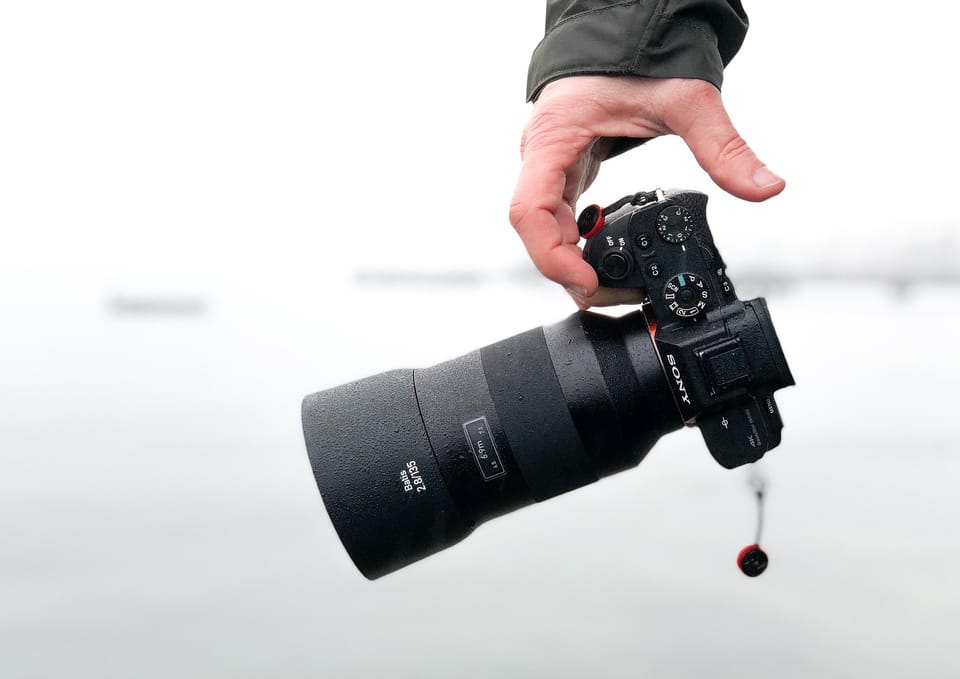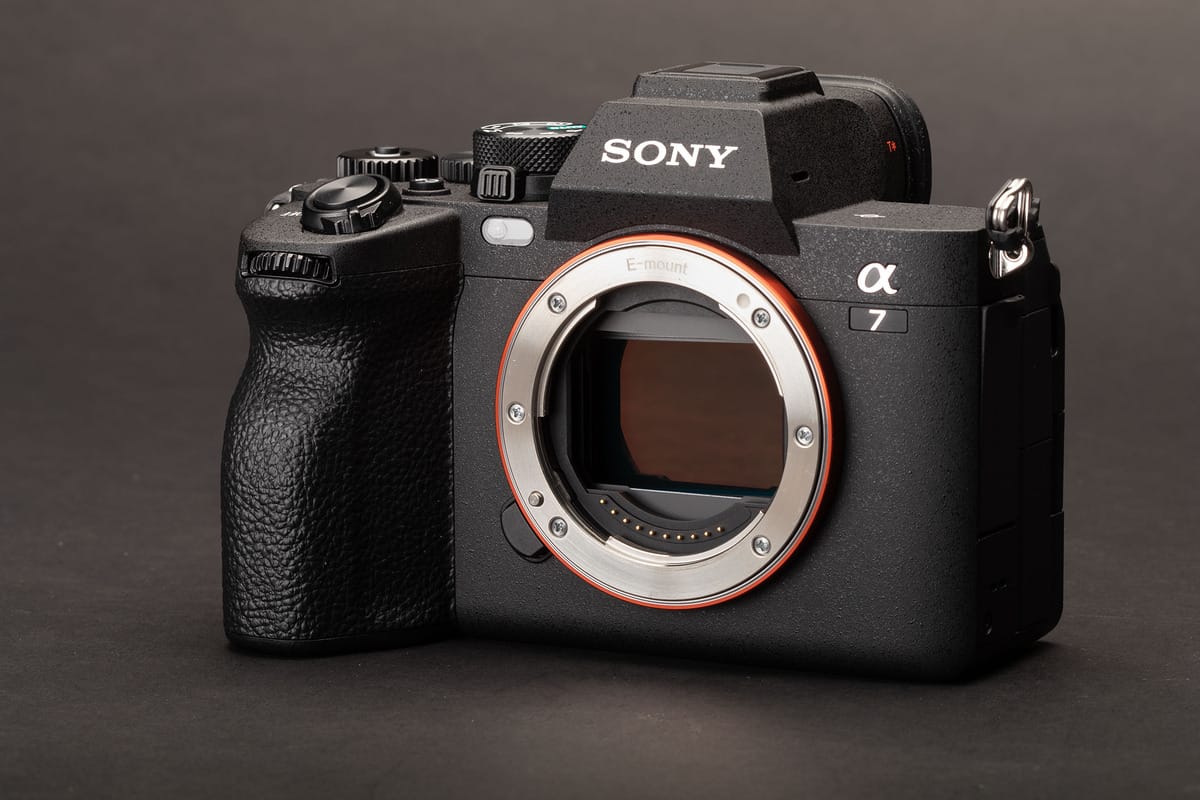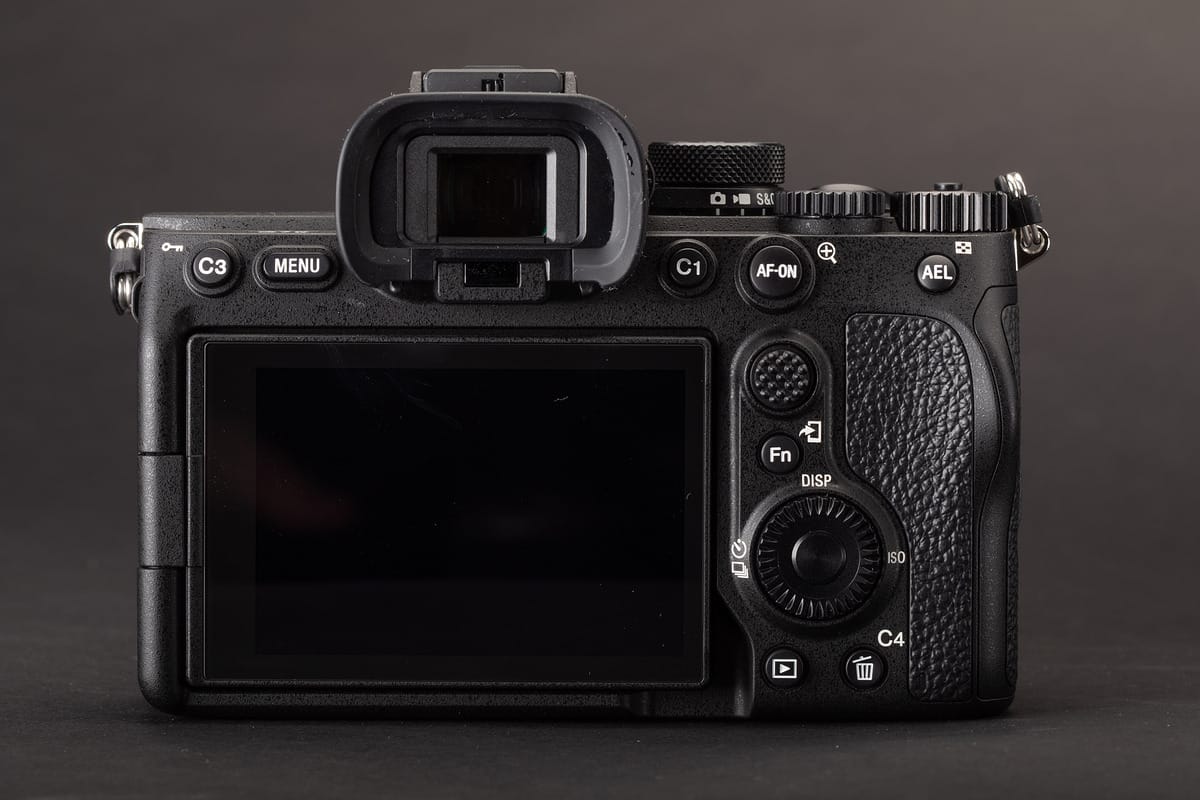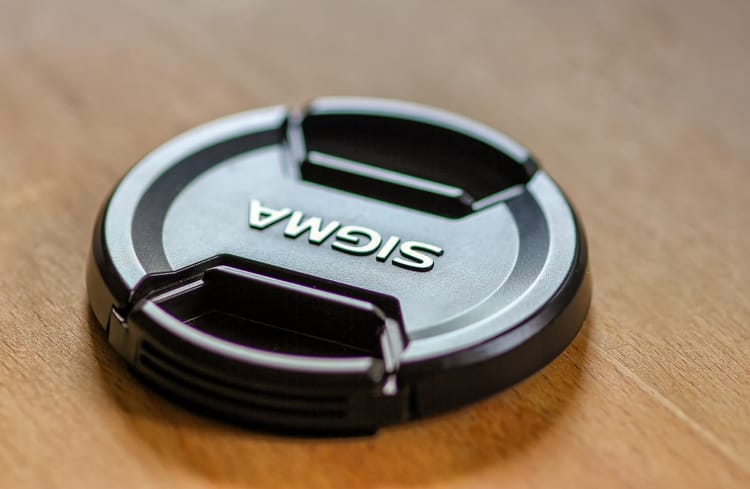Sony A7 IV Review – The Hybrid King?

As a photographer, I’ve shot with everything from DSLRs to film and the latest mirrorless systems. The Sony A7 IV caught my attention as the follow-up to the legendary A7 III, a camera that redefined full-frame mirrorless for enthusiasts and professionals alike. After spending time with the A7 IV, I can confidently say Sony has taken things up a notch. Let’s dive in.

First Impressions: Built for Hybrid Shooters
Holding the A7 IV, I immediately noticed improved ergonomics over its predecessor. The deeper grip makes a real difference, especially for those long shoots. It’s solid, well-balanced, and just feels like a camera built for serious work.
The fully articulating touchscreen is a fantastic addition. Whether you’re shooting from low angles, doing vlogs, or simply reviewing images, it’s finally a truly flexible display—something A7 III users were begging for.
Image Quality: A Sweet Spot at 33MP
The 33MP sensor may seem like an odd choice, as most cameras in this class stick to 24MP or jump to 45MP+. But after using it, I see the logic—it hits a sweet spot between resolution and low-light performance.
Dynamic Range & ISO Performance
- The dynamic range is superb, making it great for pulling details from shadows and highlights.
- Even at ISO 6400, noise is well-controlled, making it a reliable option for low-light situations.
If you’re a landscape or portrait photographer who loves crisp details, you’ll appreciate the extra resolution without the burden of massive file sizes.
Autofocus: Sony’s Best Yet
Sony’s autofocus has been class-leading for years, and the A7 IV pushes it further. It features:
- 759 AF points (94% coverage)
- Real-time Eye AF for humans, animals, and birds
- Real-time tracking that locks onto subjects and won’t let go
This means whether you’re shooting a wedding, a fast-moving sports scene, or wildlife, the A7 IV nails focus every time. In my tests, even birds in flight were tracked effortlessly.
Video Performance: A True Hybrid Camera
For videographers, the 4K 60p at 10-bit 4:2:2 is a huge step forward. Colors are richer, grading is easier, and Sony has even added S-Cinetone for cinematic footage straight out of the camera.
Things to Know for Video Shooters:
- 4K 60p has a 1.5x crop – not a deal breaker, but worth noting.
- No overheating issues – Sony has improved thermals, and I shot long clips without problems.
- Breathing Compensation – This is a game-changer for focus pulls, reducing distracting breathing shifts.
If you shoot weddings, YouTube content, or documentaries, this camera gives you professional-quality footage in a compact form factor.

Other Key Features & Usability
- Dual Card Slots – Supports CFexpress Type A + SD UHS-II, great for speed and redundancy.
- Battery Life – Sony’s NP-FZ100 battery still holds up well; expect a full day of shooting.
- USB-C Power & Transfer – You can charge it while using it—super useful for long shoots.
Who is This Camera For?
- Photographers – Great for portraits, landscapes, events, and even sports.
- Videographers – Fantastic 4K 60p, 10-bit color, and no overheating.
- Hybrid Creators – If you do both photo and video, this is an incredible tool.
Final Thoughts: Should You Buy It?
The Sony A7 IV is not just an upgrade—it’s a refined, powerful hybrid camera that bridges the gap between enthusiast and pro. It keeps everything we loved about the A7 III and adds better autofocus, improved video, and a more modern design.
Pros:
- Superb 33MP sensor with amazing dynamic range
- Industry-leading autofocus (great for wildlife & portraits)
- 4K 60p 10-bit video with great colors
- Better ergonomics & fully articulating screen
- Strong battery life & USB-C power
Cons:
- 4K 60p has a 1.5x crop
- CFexpress Type A cards are pricey
- More expensive than the A7 III
Rating: 9.5/10
If you own an A7 III, is it worth upgrading? Yes, if you want better autofocus, higher resolution, and improved video capabilities. If you're coming from an older DSLR or a lower-end mirrorless camera, the A7 IV is an absolute game-changer.
For hybrid shooters looking for one of the best full-frame cameras on the market, this is it.
Would I recommend it? Absolutely.

Comments ()